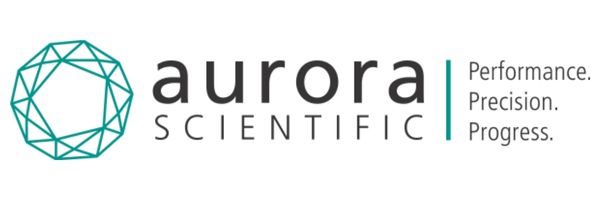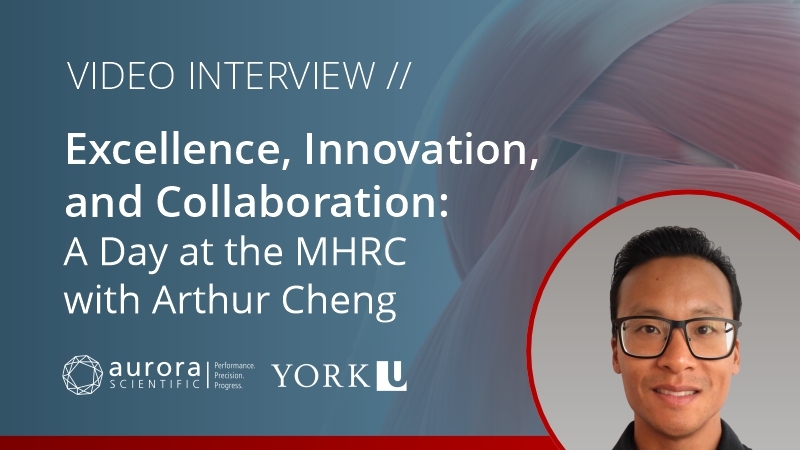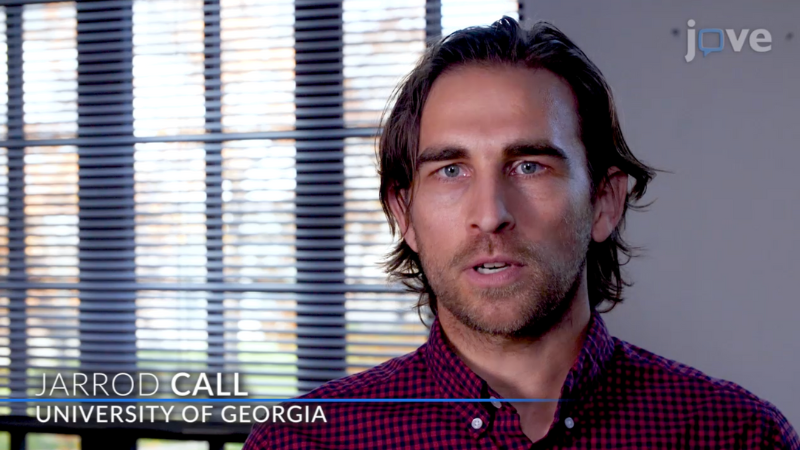Unlocking Heart Health: Revolutionizing Diastolic Function through Integrative Muscle Physiology at Wayne State University

Charles Chung, PhD
Dr. Charles Chung is an Associate Professor of Physiology at Wayne State University. Using integrated physiology, analyzing data from the molecular level to the whole muscle, the IMPLab (Integrative Muscle Physiology Lab), aims to provide new directions and identify novel treatments for a variety of cardiac disorders. Learn more about his research group by watching the interview or summarized blog below.
Tell us about your research on cardiac dysfunction.
Dr. Chung and his laboratory investigate a wide breadth of topics, with the two main primary goals of determining targets for pharmacologic improvement of cardiac performance and improving non-invasive measures of cardiac function to assist in patient care. In particular, the lab has characterized the term mechanical control of relaxation, which describes the relationship between the strain rate of muscle (how quickly the heart muscles are moving) and relaxation time. Diastolic dysfunction occurs from impaired relaxation of the heart muscles, which can result in poor filling of the heart and thus reduced cardiac function. By monitoring strain rate, Dr. Chung’s research aims to address how this might impact diastolic function.
What techniques do you employ in the lab to achieve your research goals?
The Chung laboratory uses a wide variety of techniques, including molecular biology, isolated muscle preparations, and in vivo function. By observing whether altered proteins impact the function of a single cell, and by translating that to an in vivo model, Dr. Chung’s laboratory can ensure the findings are functionally relevant. These analyses are primarily on isolated myocytes and muscle fibers, as living cardiac muscle fiber is an integral component of cardiac dysfunction.
How does the Aurora Scientific 1500A enable discovery in your lab?
Cardiac trabeculae, a fundamental support fiber within the heart, is of particular interest in this field. The microscope-mountable 1500A Isolated Muscle System allows Dr. Chung’s research group to observe dynamic changes in force and length within living cardiac muscle. Intact muscles demonstrate natural calcium kinetics as well as rapid contractions and relaxations – something that cannot be achieved using permeabilized muscles. This methodology allows for further characterization of the relationship between strain and relaxation rate, also known as mechanical control of relaxation. By identifying new approaches that might enhance the sensitivity of relaxation to the strain rate, they are able to determine why certain muscles might not be responding to changes in pressure within the heart.
What is the future direction of your research?
Dr. Chung’s laboratory have only just begun to interrogate the mechanisms underlying the mechanical control of relaxation in detail. By analyzing a series of sarcomeric proteins such as myosin, titin, and other proteins within the thin filament and sarcomere, Dr. Chung hopes to identify how these might impact the relaxation rate of cardiac muscle in a strain rate-dependent fashion. Additionally, his laboratory uses pharmacological agents that might alter mechanical control of relaxation. The ultimate goal of this work is in vivo application and translation into clinical applications, with the hopes that this might improve diagnosis and treatment of diastolic dysfunction and other cardiac diseases.
Explore Interviews, Webinars, & More!
Hear Brock University’s Val Fajardo on NASA’s Rodent Research-20 mission using Aurora Scientific equipment to study spaceflight effect on muscle.
Interviewing Dr. Arthur Cheng at the Muscle Health Research Centre (MHRC), York University, whose lab primarily investigates the mechanisms of skeletal muscle weakness and fatigue.
The present protocol describes concise experimental details on the evaluation and interpretation of in vivo torque data obtained via electrical stimulation of the common peroneal nerve in anesthetized pigs.






